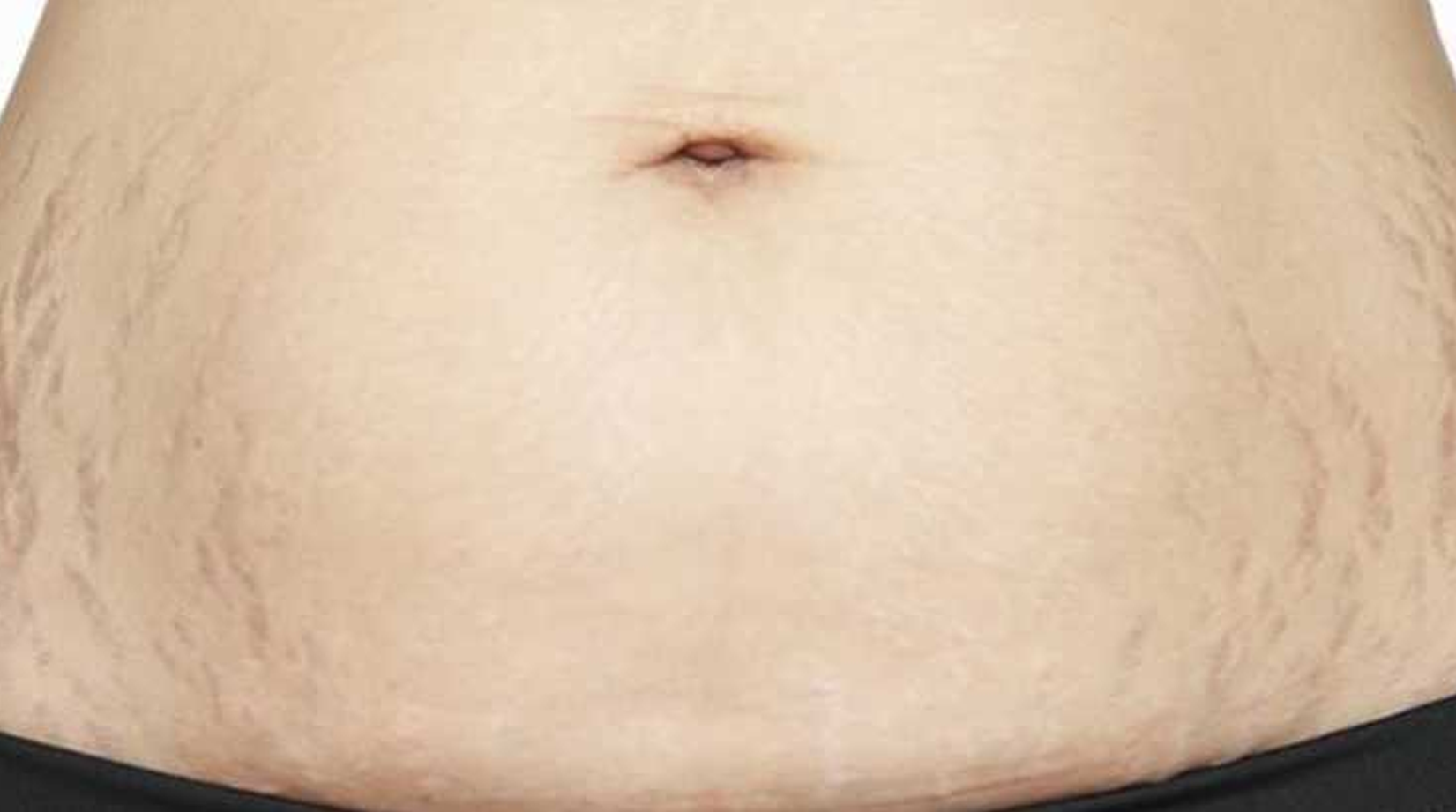
What are Stretch Marks?
These are the scars usually found in pregnant women or in patients who gained and lost weight considerably quickly. Stretch marks appear as depressed streaks in the skin.
They are not fatal and usually fade over time. They are not harmful to the body but it can make some patients distressed about the look of the skin.
Pregnant stretch marks are the most common with most women developing stretch marks on their legs, abdomen, hips, and other body parts affected by the weight gain during pregnancy.
As pregnancy progresses, the skin starts expanding and stretches to its limit and cause tiny tears in the supporting layers of the skin appearing as white streaks on the skin. These tears would then turn out to be stretch marks after pregnancy.
Causes
- Weight fluctuations
- Genetics
- Pregnancy
- Weightlifting
- Accelerated growth throughout adolescence.
Treatment
Stretch marks can be treated using laser dermatology. The different types of Laser Treatment available are:
- Pulsed-Dye Laser: works on fresh stretch marks
- Fractional Nonablative Laser: effectively improve the skin’s appearance with white or old stretch marks.
- Microdermabrasion: is designed to remove dead skin cells and generate a new epidermis.
- Laser Skin Tightening: brings back the skin’s firmness and make it lose its earlier loose and saggy feature.
Some of the benefits of using a laser to treat stretch marks are:
- Non-surgical
- Affordable option
- Visible results
- Shorter recovery period
- Minimum discomfort
The Procedure
The procedure usually does not require any pain medicine or local anesthesia.
High-energy laser light is used to remove the thin layers of skin surrounding the stretch marks. After the procedure, the scars usually heal quickly forming new layers of the healthy skin making the stretch marks disappear leading to a better appearance.
Post-procedure
After the procedure, the scarred area might be red and tender. It occurs due to the removal of scarred skin layers and the growth of new skin.
In some cases, there might be blistering and other symptoms similar to a burn injury, but these are temporary.
The treatment usually requires a healing period of a few days for most patients. It might take longer patients who underwent extensive therapy.
Risks Factors
Some of the risk factors that might be observed in rare cases are:
- A chance for infection after the procedure.
- The patient might experience discolouration of the skin and it usually found in patients with darker skin tones and can be permanent.
- Presence of blisters might lead to scarring due to damage of the tissue layers.


